- New
- Doubt

5
·
Excellent

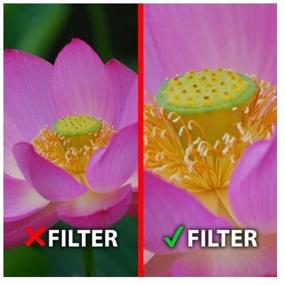


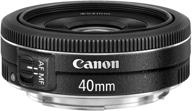
Canon EF 40mm f/2.8 STM Lens - Fixed Black (6310B002) for US Cameras

76 Review
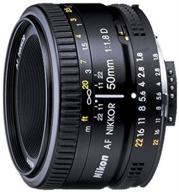
Nikon 50mm f/1.8D Lens: Perfect for Nikon DSLR Cameras!

97 Review
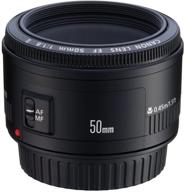
Canon EF 50mm f/1.8 II Fixed Lens - Discontinued by Manufacturer

93 Review
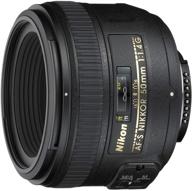
📷 Nikon AF-S NIKKOR 50mm f/1.4G Lens with Auto Focus: Perfect for Nikon DSLR Cameras

76 Review